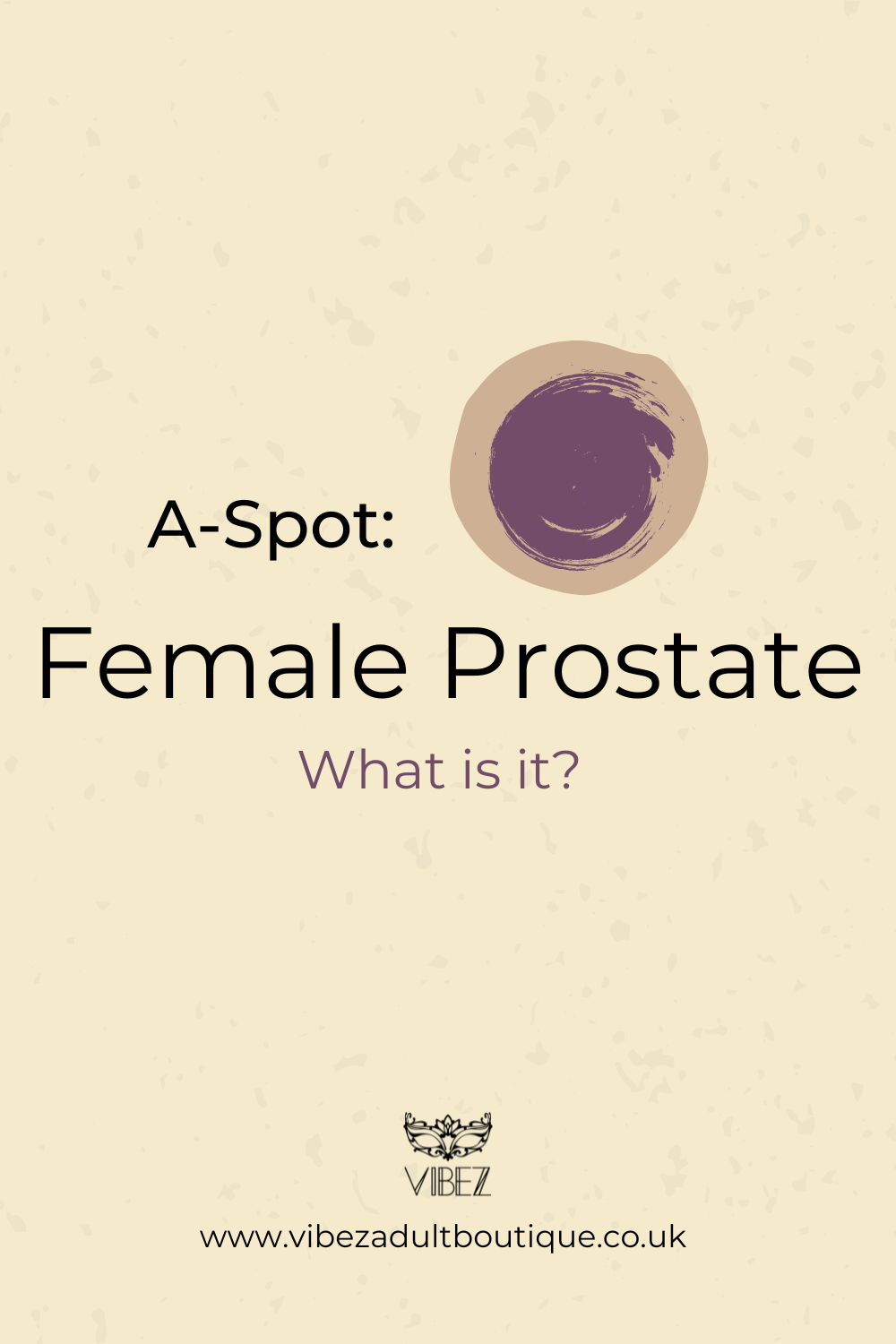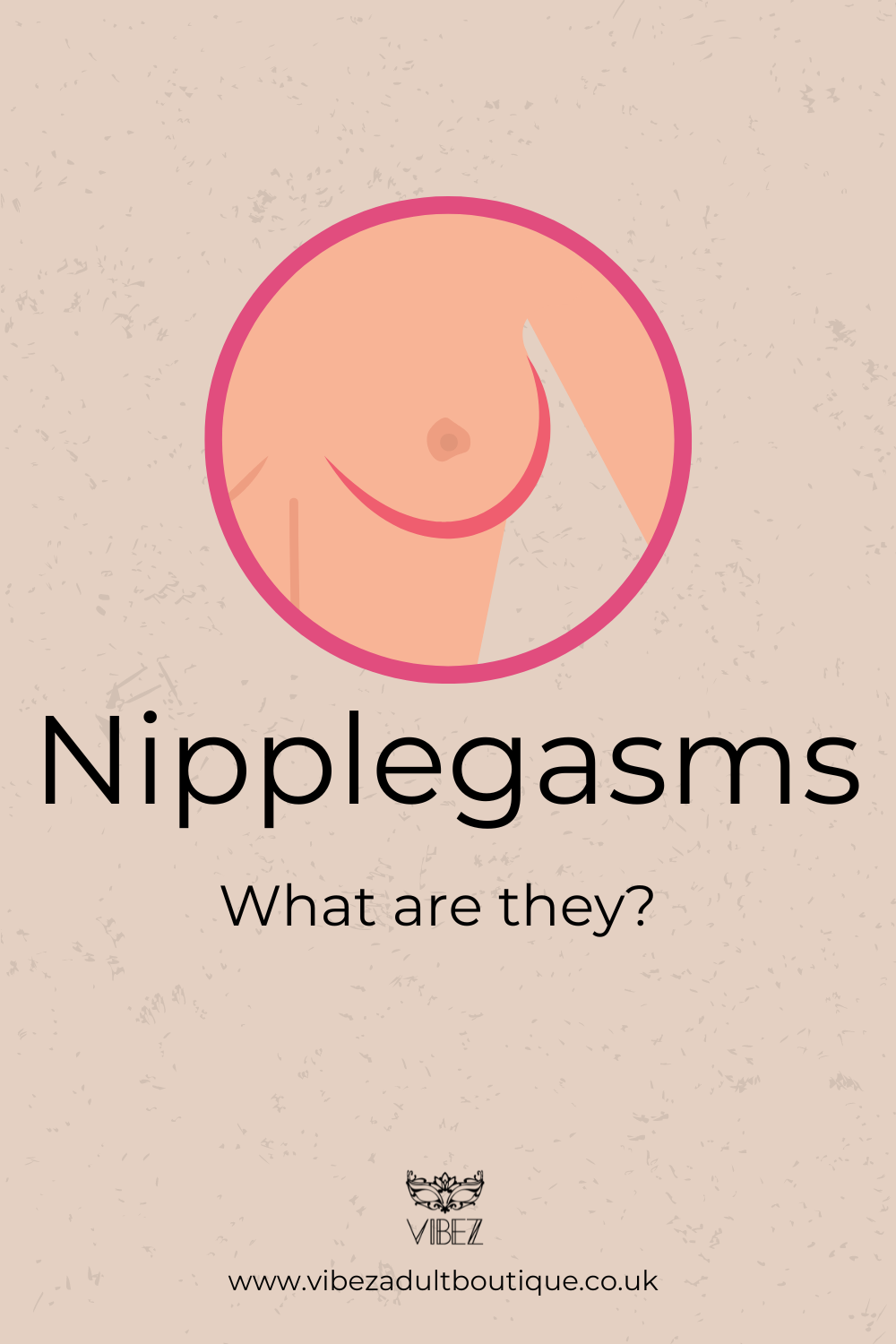The Big “O” – Sex Facts About The Female Orgasm

For many men, the female orgasm is almost as mystifying as the clitoris. Women are complex, beautiful and fantastic creatures – and so is the female orgasm! We share some fascinating and important facts and info as we try to de-mystify the beauty of the female orgasm with insights from author, research scientist, and sex advice and educator, Dr. Debby Herbenick.
Women Achieve Orgasm Through A Four-Step Process
Sex researchers William Masters and Virginia Johnson were the ones to first describe, decades ago, what many now deem as a four-step orgasmic process that women go through:
- Excitement - The woman initiates or agrees to sex, and as it commences she finds herself focusing mainly on sexual stimuli. Blood begins to engorge the clitoris, vagina, and nipples and creates a full body sexual blush. Heart rate and blood pressure increases.
- Plateau - Sexual tension builds as a precursor to orgasm. The outer one-third of the vagina becomes particularly engorged with blood, creating what researchers refer to as "the orgasmic platform." Focus on sexual stimuli drowns out all other sensations. Heart rate, blood pressure, and respiration continue to increase.
- Orgasm - A series of rhythmic contractions occur in the uterus, vagina, and pelvic floor muscles. The sexual tension caused by lovemaking releases, and muscles throughout the body may contract. A feeling of warmth usually emanates from the pelvis and spreads throughout the entire body.
- Resolution - The body relaxes, with blood flowing away from the engorged sexual organs. Heart rate, blood pressure, and respiration return to normal. This sounds like a great Saturday night in.
Orgasms Get Better With Age
Who said getting old is a bad thing? Not for women of a certain age. According to Dr. Herbenick “Orgasm becomes easier with age,” which she says includes the quality and frequency of orgasms. “As an example, while 61% of women ages 18-24 experienced orgasm the last time they had sex, 65% of women in their 30s did and about 70% of women in their 40s and 50s did,” she reports.
Even though the survey didn't specify why orgasms come easier with age, you can safely assume that as women become more sexually experienced, they have more confidence in the bedroom and therefore enjoy themselves more. Also, the trust and intimacy that most women experience in long-term relationships can help improve sexual confidence as well.
Finding Your G-Spot May Improve The Likelihood Of Orgasm
Ladies, can you identify where your G-spot is? The “G” actually refers to Ernst Gräfenberg, MD, a German gynecologist who is credited with “discovering” it in the 1950s, and sex experts have long touted this area of female genitalia, which is believed to contain a large number of nerve endings, as the key to helping women achieve longer and stronger orgasm!
The topic isn’t without controversy though as researchers in England refuted its existence recently, even after Italian researchers reported to have found the spot on ultrasound and published their findings in The Journal of Sexual Medicine. Despite the contradictions, sex educators such as Los Angeles–based Ava Cadell support the existence of the G-spot, and she (and us at Vibez) encourages women to find theirs! While the location may be slightly different for all women, its most often found inside the vagina and is characterized by a “rougher” texture.
30% Of Women Have Trouble Reaching Orgasm
If you’ve ever had trouble climaxing, you’re not alone. According to Planned Parenthood statistics, as many as 1 in 3 women have trouble reaching orgasm when having sex and up to 80% of women have difficulty with orgasm from vaginal intercourse alone (gentlemen, don’t be fooled). Clitoral stimulation during intercourse can be helpful, says Stern, but so can medical treatment if needed.
“Female sexual dysfunction (FSD), which encompasses the inability to orgasm, is very common - as high as 43%, according to some surveys and has been a topic of much debate and medical investigation lately," she says. “For some women, topical testosterone therapies or some oral medications can be helpful, but few medical treatments have solid evidence behind them.” Because FSD may be associated with certain medical conditions, be sure to see your doctor to rule out things like thyroid disease, depression or diabetes.
A Woman's Sexual Self-Esteem Can Affect The Quality Of Her Orgasms
Research shows that how a woman feels about her genitals is linked to the quality of her orgasms. “As a women's health clinician, I can vouch for the fact that every vagina looks different and there is no ‘perfect’ way for a vagina to look,” says Stern. “As long as your vagina is pain-free and you don't have any abnormal discharge, sores or other medical problems, you can consider yourself healthy and normal.” Increase your orgasm potential by increasing your confidence, she says. “It's important to treat yourself the way you would want others to treat you, send yourself healthy, positive messages about yourself and your body.” Don’t be afraid to look into the mirror starkers and tell yourself you’re beautiful because you are!
For Most Women, It Takes A While To Orgasm
This may come as not much of a surprise but women take longer to orgasm than men. It’s perfectly normal by the way, says Stern. As a matter of fact, according to statistics, most women require at least 20 minutes of sexual activity to climax – that doesn’t sound like a downside. “If you find that your partner often reaches orgasm before you do, there are ways to help him slow down,” she says. “Mental exercises can sometimes work, and so can firm pressure around the base of his penis. If premature ejaculation is a concern, your partner may want to see a doctor or urologist to find some techniques that might help.”
Women Who Mix Things Up In The Bedroom Have More Frequent Orgasms
If you have trouble reaching orgasm during intercourse, consider switching things up, says Dr. Herbenick. “It is significantly easier for women to experience orgasm when they engage in a variety of sex acts as opposed to just one act,” she says. “For example, vaginal sex plus oral sex would be linked to a higher likelihood of orgasm than either one of them alone. This may be because more sex acts mean that people spend more time having sex.”
Orgasms Can Happen Without Genital Stimulation
You might’ve heard about those seemingly lucky women who can have an orgasm riding a bike or sitting on a saddle but it's no urban legend apparently. Experts say it's actually a real phenomenon. “I had a friend who had an orgasm every time she used the treadmill,” says Stern. "If that happened to all of us, we'd be a much more physically fit society!” There’s actually an explanation for why this occurs. “The reason for spontaneous orgasms during certain activities is twofold—increased blood flow to the genitals and vibration of or contact with the clitoris. The increased blood flow and the general relaxation of a massage can lead to orgasm sometimes, too.”
There Is An Orgasm "Gap"
While it’s true that a small number of men have trouble with orgasm, sex experts report that it's rare. Instead, a fairly high percentage of women report not having had an orgasm the last time they had sex, even when their man thought they did. Dr. Herbenick notes, “We still have an orgasm gap. While 85% of men thought their partner had an orgasm during their most recent intercourse session, only 64% of women reported actually having an orgasm.” Is there a cure for this? It's complicated, says Dr. Herbenick, but women who are comfortable with and understand their body's pleasure points can often learn to orgasm regularly. Keep communication open with your partner and always make sure to love the skin you’re in.

















